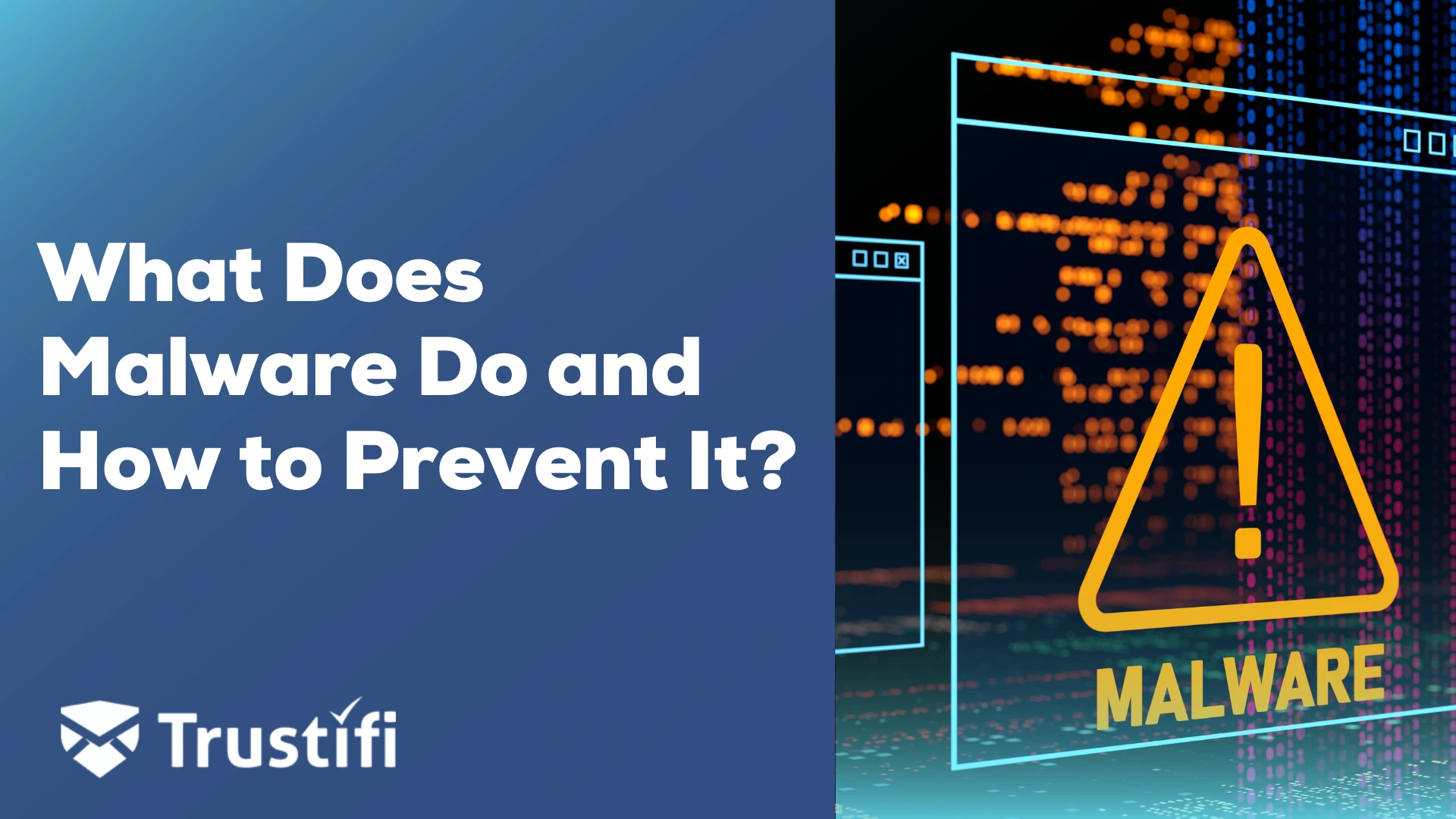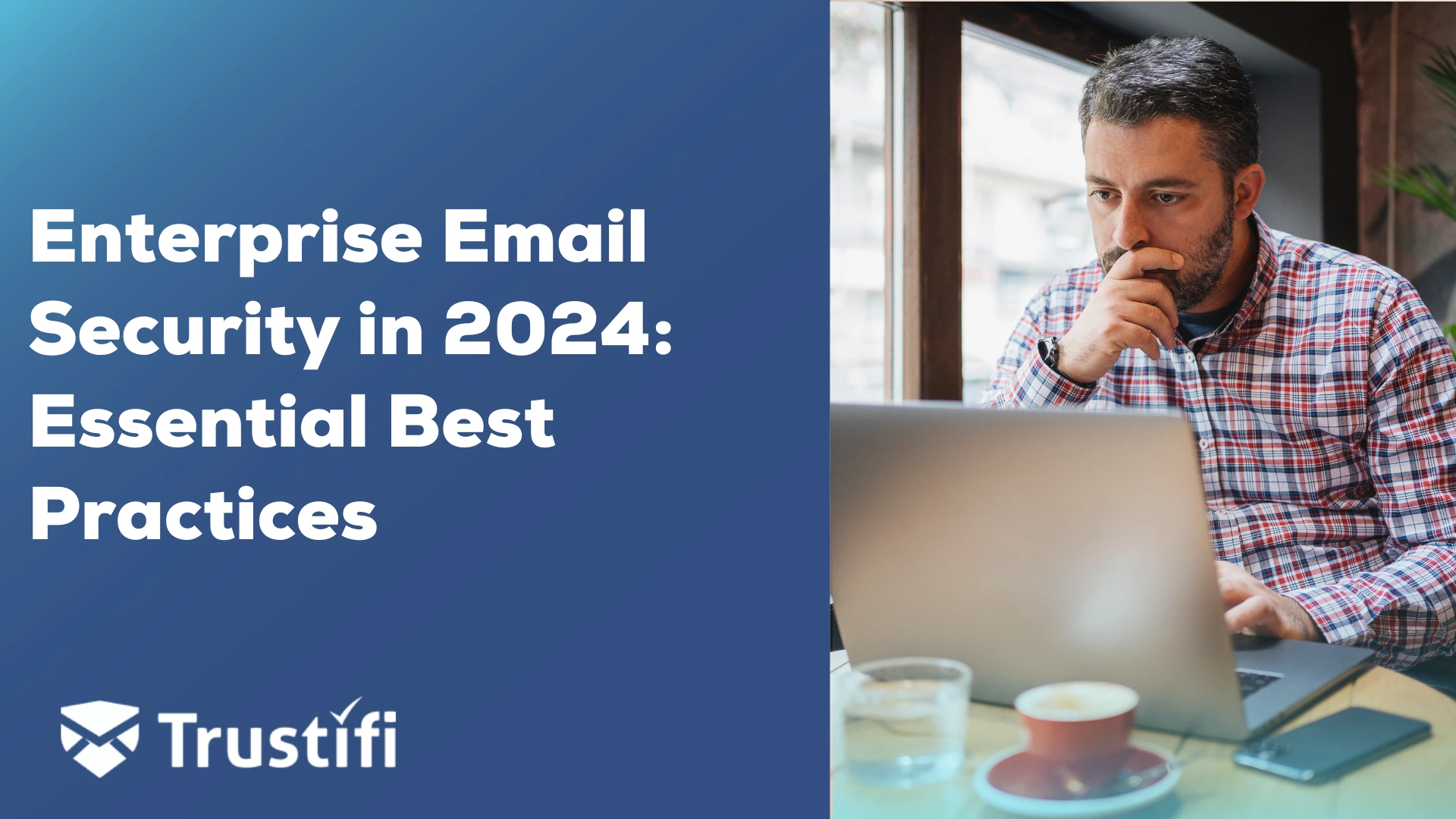Your device has potential malware, including slowing or attempting to exfiltrate data. Hackers spread malware through physical and online means. Malware can harm computer systems without consent. Email phishing attacks can also deliver malware.
Protecting the email channel from malware and other attacks is what Trustifi does every day. Trustifi’s cloud-based email security platform provides various integrated controls clients can enable with a single click. Powered by advanced artificial intelligence and machine learning engines, Trustifi helps prevent malware attacks coming through the mail channel.
Malware also could attack a device through SMS messages. Mobile phones, PCs, and MAC are susceptible to Malware threats.
Types of Malware
Malware infections happen when you download them. They embed destructive code in popular downloads and torrents. All cell phones, regardless of operating system, are susceptible to malware. Many third-party apps scan malware before allowing mobile users to download it.
Many unwanted applications loaded on devices may have originated from a malware attack.
Ransomware
Cybercriminals malware commonly uses ransomware attacks because of their profitability.
Scareware involves cybercriminal tactics that manipulate individuals by presenting alarming messages on their computers or smartphone screens to convince them to purchase fake applications. These tactics exploit unethical advertising practices to create fear and pressure users to buy rogue software.
Other types of malware include adware attacks, browser hijacker attacks, and malicious links luring victims to dangerous websites. Email phishing is still one of the most effective attack methods.
Trojans
Trojan malware is a type of malware that disguises itself as legitimate software to infiltrate a victim’s device. Once installed, it can activate and download other forms of malware.
The name “Trojan malware” comes from the ancient Greek myth of a wooden horse.
Phishing Email Still the Preferred Delivery
Email phishing, including spear, whaling, and double-barrel, continues to lure victims with malicious email attachments and rogue executable file downloads or redirect users to change their passwords. Fileless malware and ChatGPT-AI-powered phishing emails continue rising across the enterprise and individual email accounts.
Inflected links embedded into well-crafted emails also are used for zero-day attacks. These zero-day attacks through the email channel continue to exploit known legitimate applications.
It is possible for harmful apps to disguise themselves as legitimate applications, particularly when downloaded from non-official sources. We advise them to carefully read warning messages during installation, particularly if they request access to personal information such as email.
Do Hackers Prefer Malware?
Hackers will use open-source code with core functionalities on the darknet as a starting point for creating their various malware. These malicious programs come with a library of malicious files malware authors can change to fit into their method of attack.
An open-source malware repository on the dark internet is accessible to pedestrian hackers. They often use this repository for malicious activities and help hackers avoid security protocols and attacks by targeting many victims.
How to Prevent Malware Infections?
Hackers use malware and computers to gain unauthorized access to systems with anti-malware and antivirus security software loaded on the device. Security companies publish patches to address weaknesses identified in the system.
What is the Importance of Email Security to Stop Malware?
Email security platforms like Trustifi scans the organization’s incoming and outgoing email. Trustifi can quickly recognize possible malware attacks and quarantine these messages by applying advanced AI engines to all inbound messages. Trustifi integrated data loss prevention(DLP) for outbound messages helps protect against any data exfiltration caused by malware or ransomware attacks.
Trustifi, a global leader in cloud-based email security, understands the resource and budget challenges for many SMBs and mid-enterprise organizations facing malware and ransomware. These fully integrated protection layers managed by a single console include:
Inbound Shield Protection with AI and ML Maturity Engines
Outbound Shield Protection with email encryption, data tokenization, and data loss prevention (DLP)
Multi-factor authentication for further message projects and integration with Zero Trust Architectures
Account Compromise Detection – Stop Attacks on Email Accounts, Neutralize Compromised Accounts, and Get Reporting, Automatically
Managed Email Detection and Response Service – Access to Trustifi email security experts to assist with policy enablement and incident response.
Why Trustifi?
Trustifi is a cyber security firm featuring solutions delivered on software as a service platform. Trustifi leads the market with the easiest-to-use and deploys email security products, providing both inbound and outbound email security from a single vendor.
As a global cybersecurity provider of both inbound and outbound email protection, Trustifi currently supports customers from countries including the USA, Canada, Brazil, the Dominican Republic, the UK, the Netherlands, India, the UAE, China, and Japan, Cyprus, the Philippines, and more. The company has also developed “One-Click Compliance” capabilities that cater to world security regulations, including PDPO for Hong Kong, POPI for South Africa, GDPR for Europe, and LGPD for Brazil.




Cyber Security Solution Providers
This blog post sheds light on the functionalities of malware and provides essential guidance on preventing its detrimental effects, making it highly relevant for readers seeking to understand and safeguard against the risks associated with malicious software.
Managed IT Services Australia
Thank you for this very informative article about what does malware do and how to prevent it. I will definitely share this helpful blog.